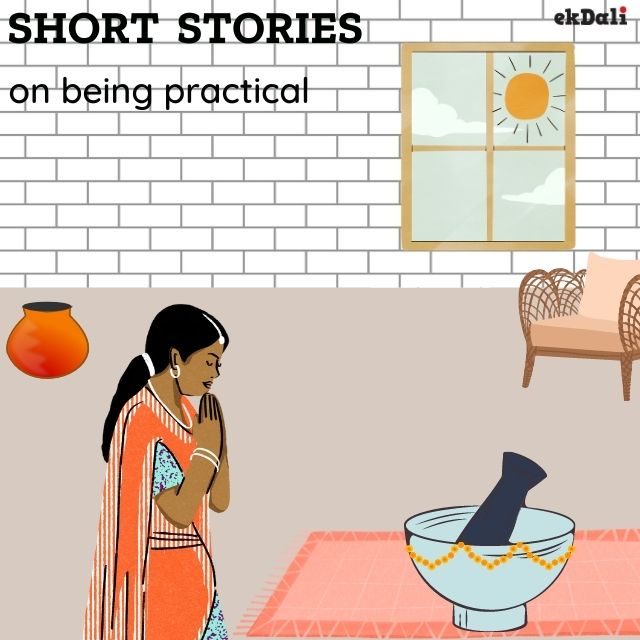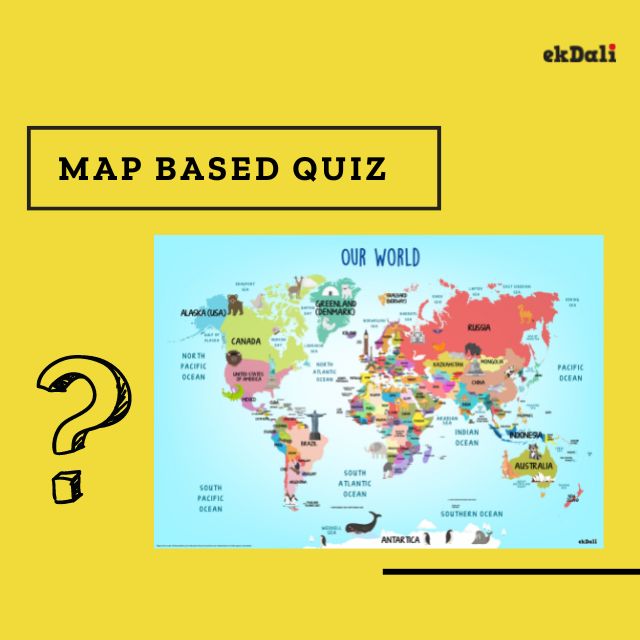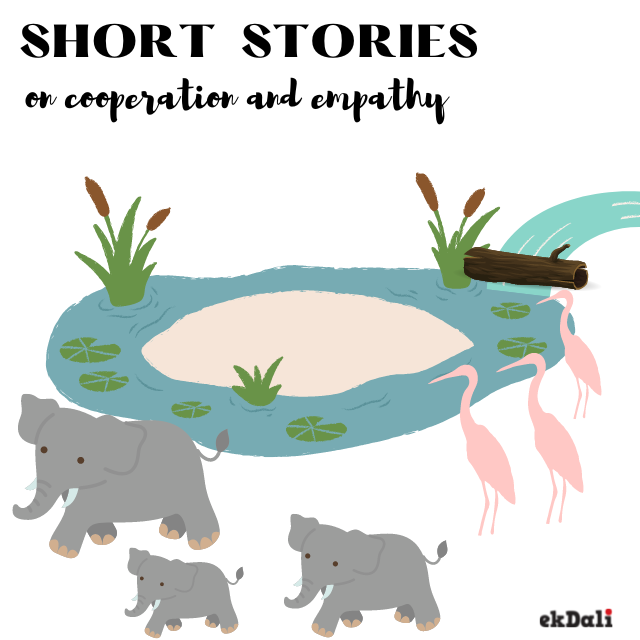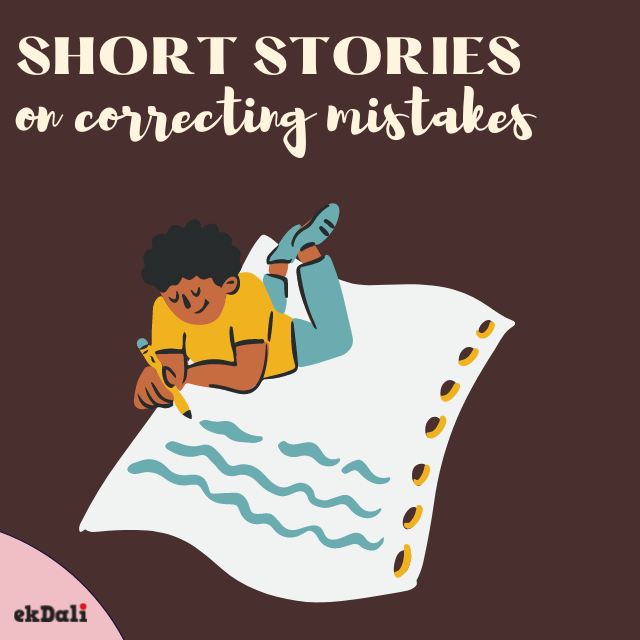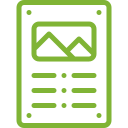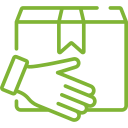Babies experience numerous crucial milestones during their first few years of life, including their first smile, laugh, crawl, and steps. Between all of this, babies learn a plethora of crucial life skills, such as how to feed themselves. What they eat changes as a result of this process.
What exactly is baby-led weaning?
When babies are learning to feed themselves, they often begin with pureed foods and advance through various (and increasingly difficult) stages of pre-made baby foods before transitioning to solids. Parents focus on spoon feeding until their newborns are strong enough to eat on their own.
Baby-led weaning changes the game by putting babies in charge of meals.
"The essential concept of baby-led weaning is that parents and carers can follow a baby's lead," Dr. Churbock explains. "This includes checking for signals of developmental readiness and enabling a baby to self-feed when they are ready."
According to Dr. Churbock, babies are also avoiding several classic baby foods such as purees. "With baby-led weaning, you prepare the same meal for the whole family, with adaptations as needed for your newest diner, rather than buying or manufacturing specific meals to feed your baby."
Of course, this does not imply that babies start out eating whole slices of pizza. "You're introducing the baby into family mealtime from the beginning, enabling your baby to eat some of the same foods that the rest of the family is having, but being conscious of amounts for your littlest eater, and what is going to be safe and appropriate for them," she explains.
When should you begin baby-led weaning?
When a baby shows specific signs of developmental competence, he or she is ready for baby-led weaning. Dr. Churbock says these include being able to sit upright with little to no assistance from a parent or carer, reaching for an object, picking it up, and bringing it to their mouth, and a reduced tongue-thrust reflex (when they use their tongue to spit something out of their mouth).
Around 6 months, the majority of babies reach the above developmental milestones. "Every infant is different," says Dr. Churbock. Babies that were born prematurely or early may develop these behaviours later in life. "You may want to look for these indicators of preparedness closer to their corrected age of 6 months (if they were born on their true due date) than their chronological age of 6 months."
Fortunately, baby-led weaning meets babies exactly where they are. "This is a feeding technique that may work and meet children of varying ages and skills where they are," explains Dr. Churbock. "At its finest, baby-led weaning should truly follow and meet the demands of a single infant."
Have you seen our high contrast Flash Cards for babies? Visual Stimulation Flashcards for Newborn Infants















